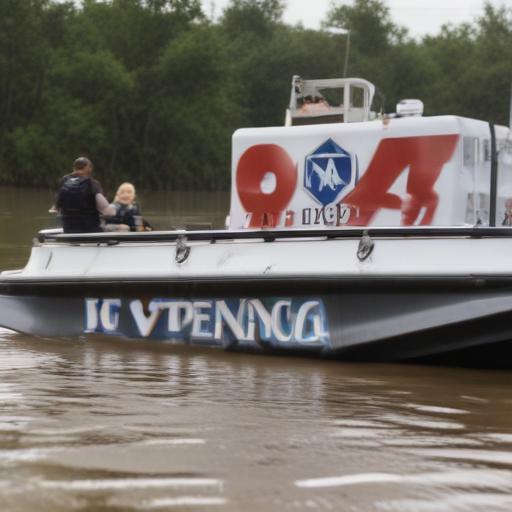David Richardson, appointed as the acting administrator of the Federal Emergency Management Agency (FEMA), has stirred controversy with his approach since taking office on May 9. Just one day into his new role, he issued a stark warning to FEMA’s staff: “Don’t get in my way.” This bold statement, which some might interpret as confidence, raises concerns about his intentions, especially given the Trump administration’s push to diminish the agency’s role.
In a dramatic moment recently, Texas faced deadly flash floods, prompting a critical response from FEMA. However, Richardson’s absence during this emergency has been noticeable. No public statements or actions have been attributed to him, raising eyebrows as communities impacted by the floods seek swift assistance. In contrast, FEMA did announce plans to open a disaster recovery center in Kerrville, Texas, but this came a full eight days after the flooding began, leaving many to question the agency’s responsiveness.
Richardson’s inexperience in disaster management is compounded by a significant exodus of 16 senior FEMA officials earlier this year, who collectively brought over 200 years of expertise to the agency. Chris Currie from the Government Accountability Office highlighted the troubling trend: FEMA is still processing applications but is doing so with far fewer personnel, leading to concerns about efficiency and effectiveness.
Adding to the growing bureaucracy, Homeland Security Secretary Kristi Noem’s requirement for her personal approval on any FEMA expenditure over $100,000 has led to additional red tape. While a newly formed task force aims to expedite these approvals, it represents a frustrating addition to FEMA’s operations when swift action is critical in emergencies.
Critics continue to point out that FEMA has faced significant challenges in its operational effectiveness, further compounded by legislation aimed at cutting through necessary bureaucracy. A recent bipartisan proposal in Congress seeks to grant FEMA more independence, allowing it to respond more swiftly and effectively to crises.
The historical context offers a grim reminder of the importance of competent leadership within FEMA. Previous administrations have been criticized for appointing individuals to leadership roles without relevant disaster experience—most notably, the selection of Mike Brown before Hurricane Katrina. The ongoing struggles within FEMA reinforce the vital need for a robust and responsive disaster management framework to support local communities during crises.
In these troubling times, Richardson’s absence can perhaps be seen as emblematic of the challenges facing FEMA and its mission. There remains hope that with the right leadership and support, FEMA can evolve into a more effective organization dedicated to aiding Americans during their most vulnerable moments. The agency’s role is crucial, and its effectiveness may have a direct impact on disaster recovery efforts in the future.
